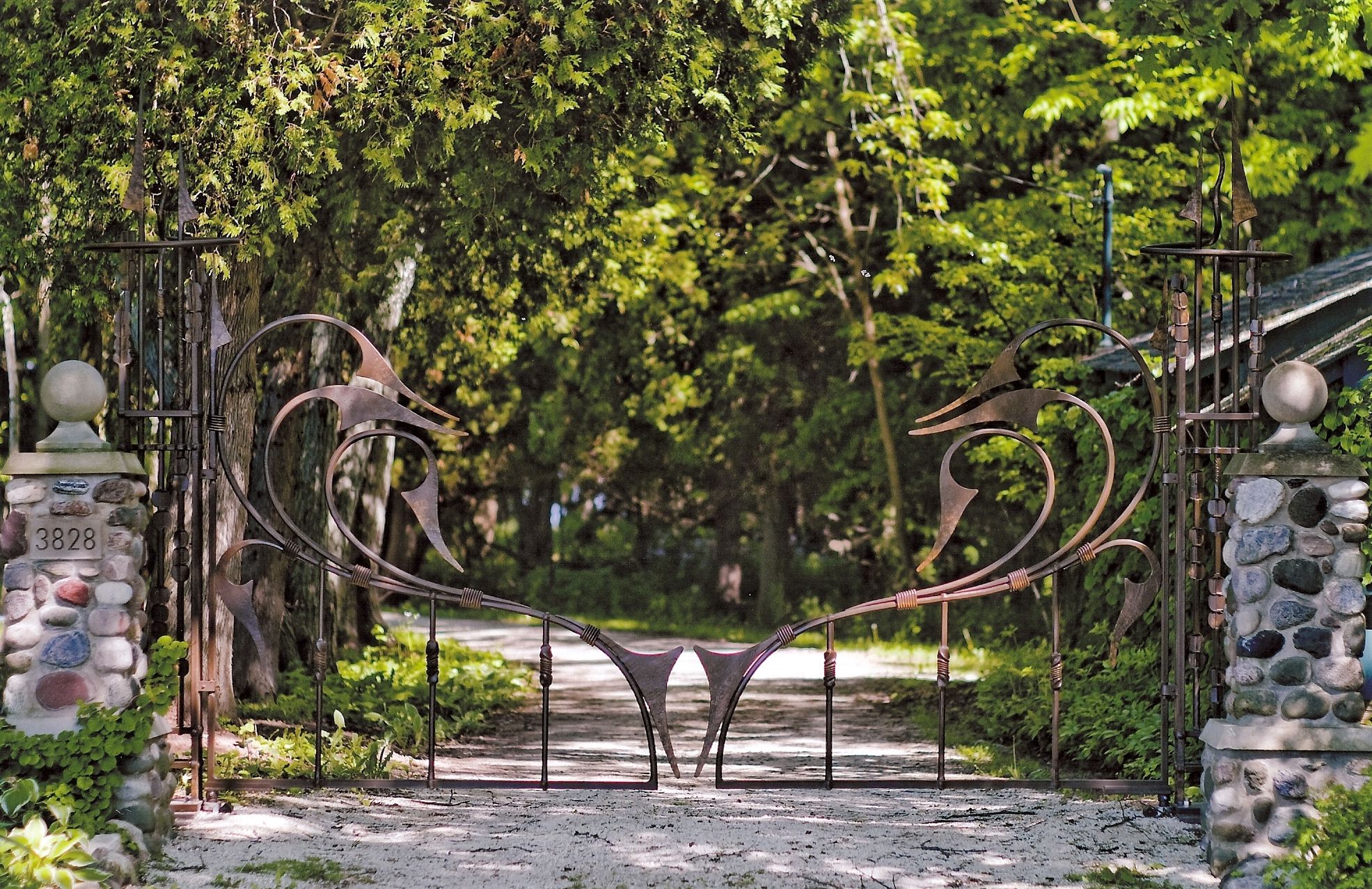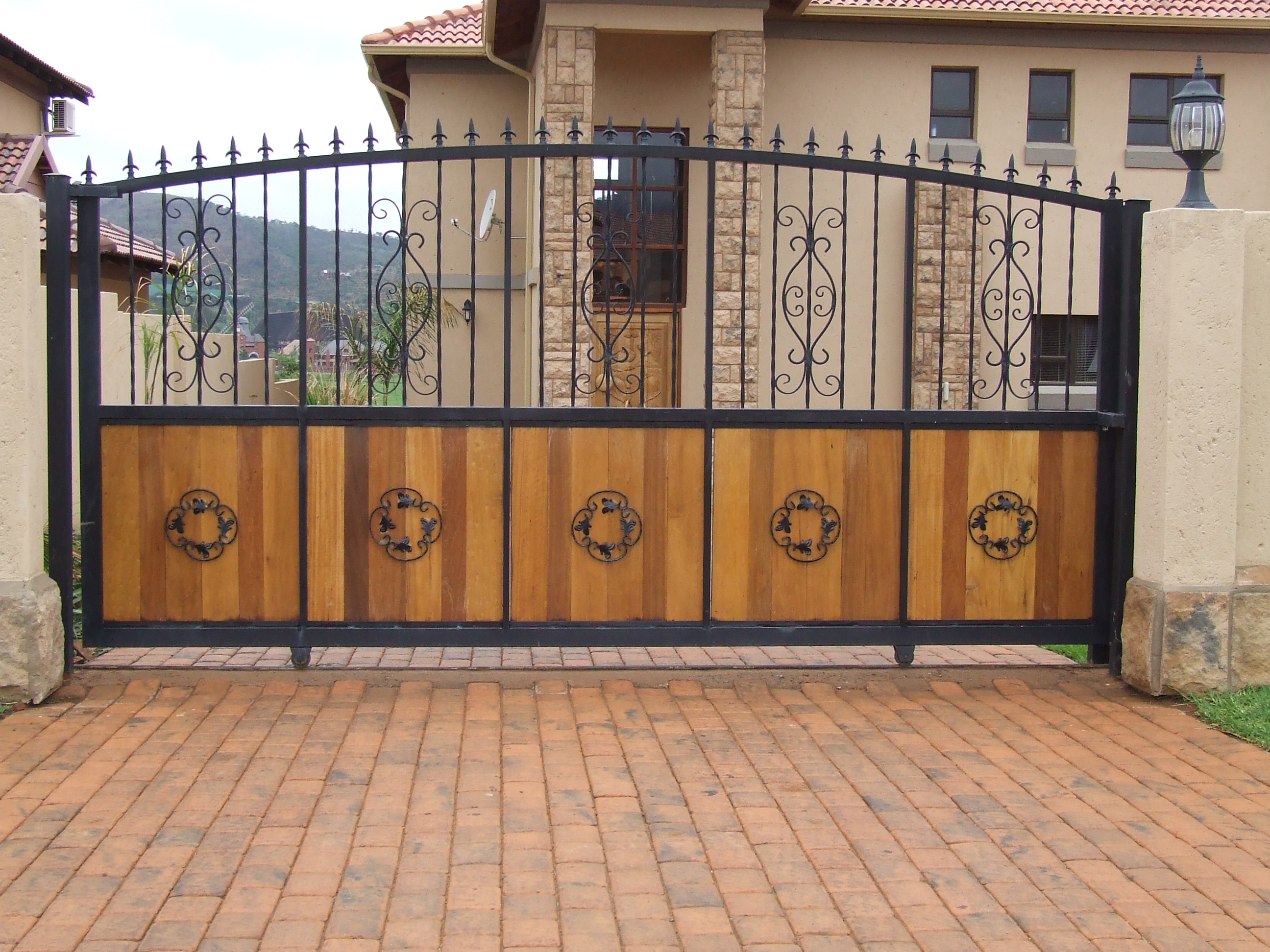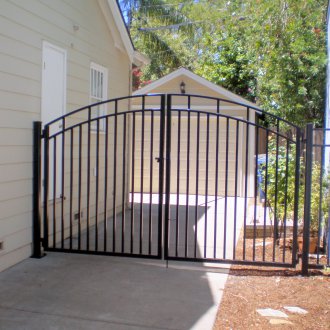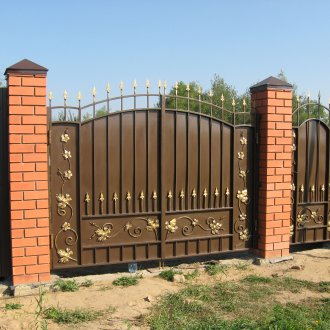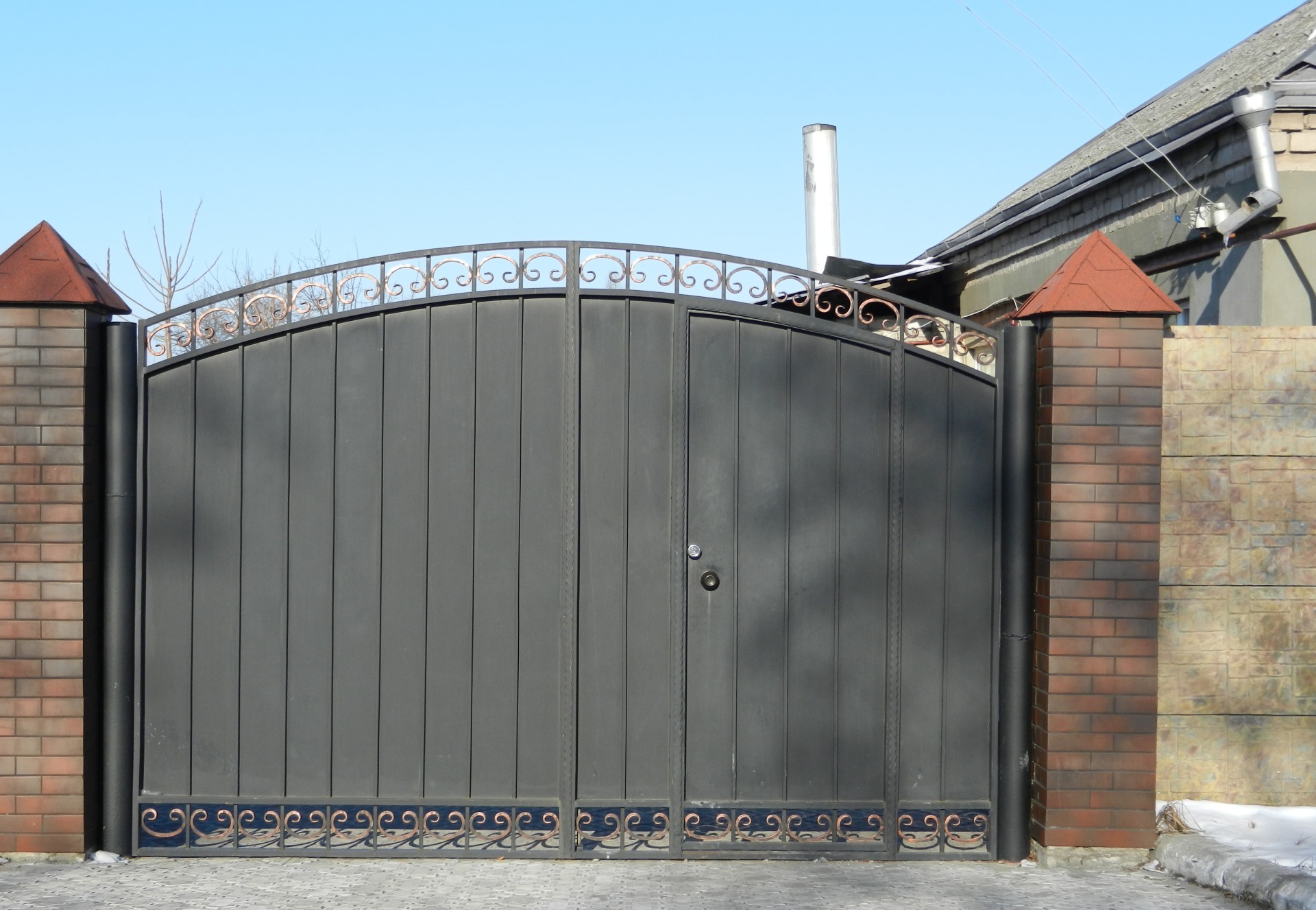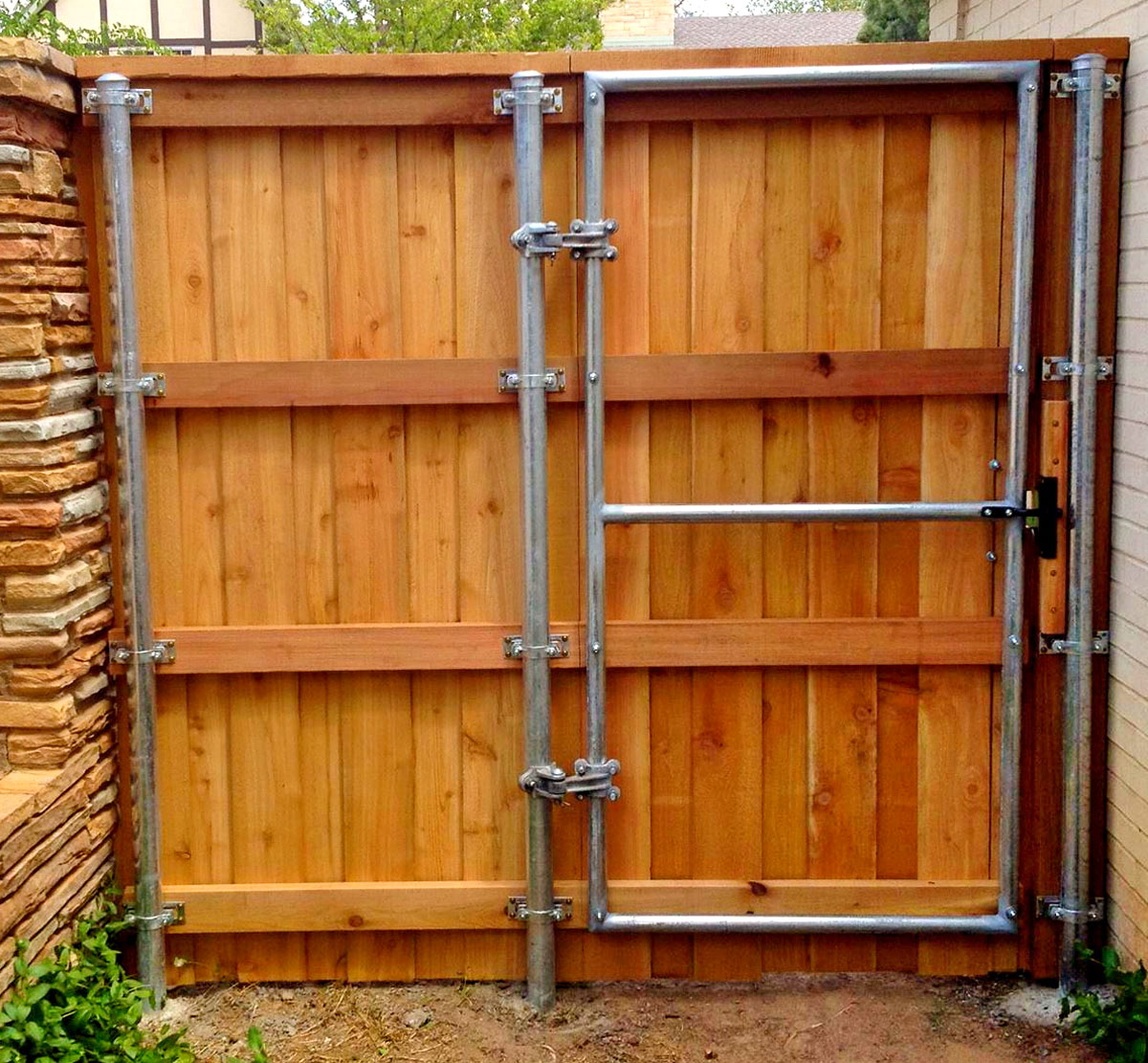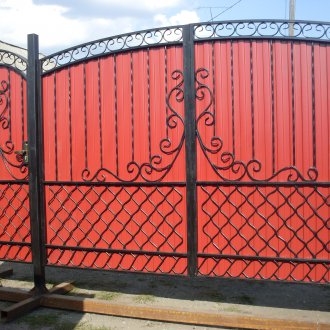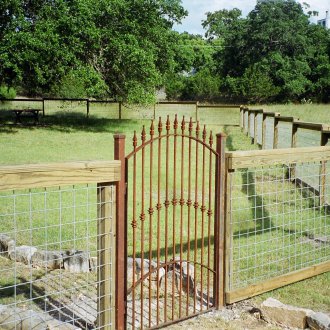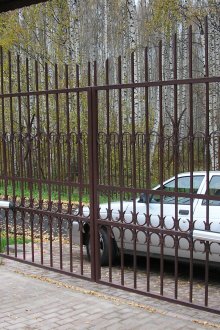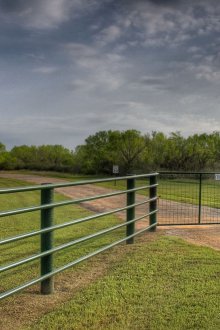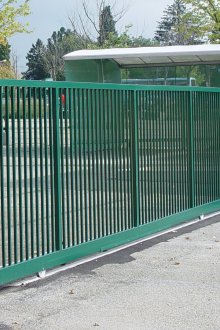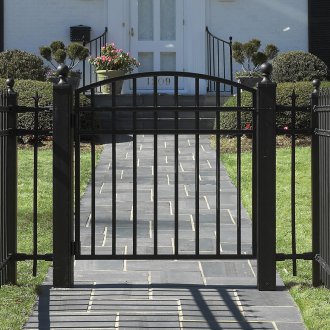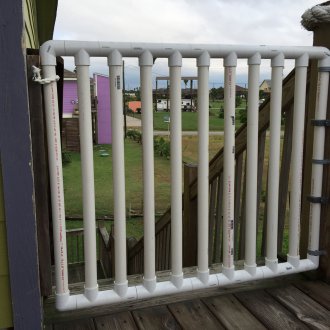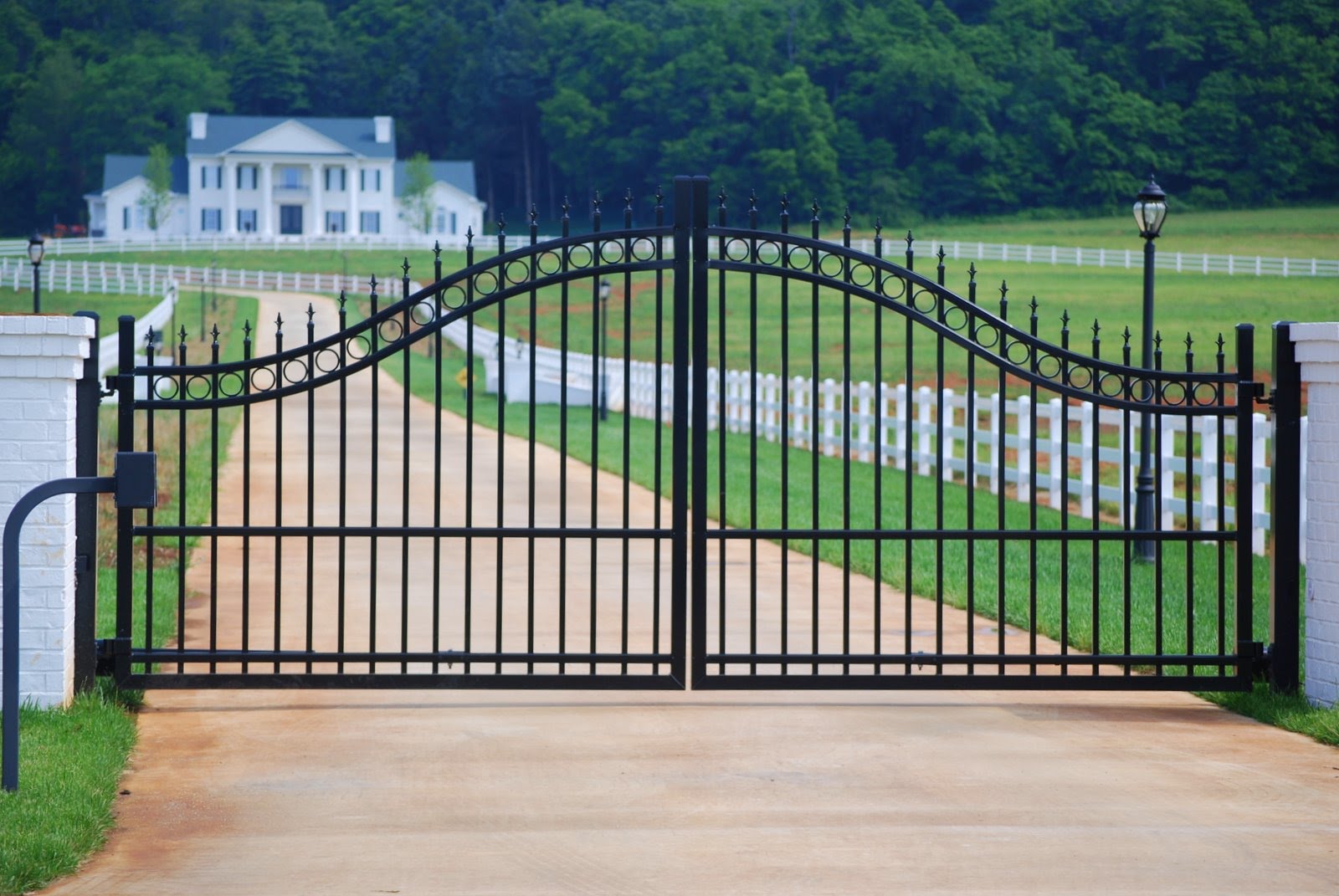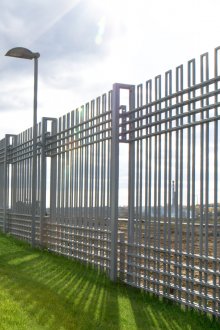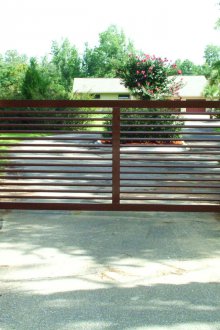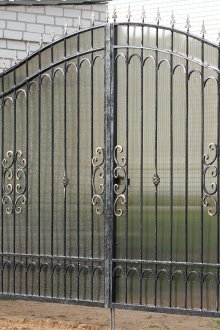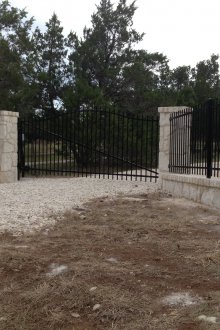Gate from a profile pipe: advantages and DIY manufacturing (22 photos)
Content
When erecting a fence, the question arises of buying and installing a gate. There are many options for such products based on various materials and structural solutions. Gates from a profile pipe can significantly reduce the complexity and material costs of manufacturing. In addition, they are perfectly combined with both a wooden and a metal fence. The gates of this material are characterized by a high rate of strength and durability. In addition, you can order the finished product or execute it yourself, using simple tools and inexpensive materials.
Advantages and disadvantages of the profile pipe for the gate
Gate from profile pipes are very popular due to the excellent performance characteristics of this material. The main advantages of a profile pipe include:
- Durability. The material easily withstands even a significant load without loss of external and operational qualities. Such gates are able to last several decades, without requiring special care.
- Affordable cost. The use of professional pipes for the manufacture of gates is one of the most affordable options.
- Strength. When you purchase or manufacture a product from a high-strength professional pipe, the design is stiff.
- Light weight. Due to the low weight of the materials, the construction of the gate does not require the use of a serious foundation. In addition, transportation and installation of the gate will also not cause problems.
- High aesthetics. The gates made from a profile pipe look modern and beautiful.
- Convenience of manufacture. It is convenient to screw self-tapping screws into a rectangular pipe. Any person who knows how to use welding equipment and a grinder can cope with the independent production of gates.
Despite the obvious advantages of manufacturing a door from a profile pipe, this material also has certain disadvantages. These include:
- Susceptibility to corrosion. Under the influence of high humidity and precipitation, the profile pipe is subject to corrosion.
- The risk of distortions. If the gates are made using threaded connections, distortions may appear inside the structure during intensive use.
- The complexity of staining. The described or round pipe is quite difficult to paint or enamel.
However, if you purchase or independently make gates from corrugated board, using high-quality materials and observe all the nuances, such designs will last for a long time without loss of external qualities and operational characteristics.
Choosing a profile pipe for the gate
When choosing blanks for the manufacture of gates, first of all, it is necessary to determine the type of steel. It can be galvanized, carbon and stainless. The latter option is rarely used due to the high cost. For economy gates, carbon steel is most often purchased. If higher strength and durability are required, galvanized can be taken.
Profile pipes can also be seamless or welded.The latter type may be cold or hot rolled. Seamless for such structures are practically not used, and hot-rolled ones have low accuracy.
Thus, the best option would be a rectangular cold-rolled carbon steel profile pipe.
Design calculation
Despite the simplicity of the design, you need to know how to weld the gate. The first step is preparatory measures, including design analysis. At the design stage, the following points should be taken into account:
- Design features. It can be sliding or swinging gates with manual or automatic control.
- Sheathing frame. For it, profile sheets, wood, polycarbonate, mesh or metal can be used.
- Necessary measurements. The thoroughness of the measurements will allow you to easily enter the territory of the personal plot. In this case, the area for opening the gate should be taken into account in the case of the choice of swing structures.
- Create a drawing. The drawing is developed taking into account measurements and design features, taking into account the wicket, fixing points, connecting an automatic control system, as well as the need to use stiffeners and reinforcement elements.
With all the stages of the development of the drawing, you can accurately understand the requirements for materials and other nuances. In addition, the following points should be taken into account:
- for entry of a passenger car, the leaf length must be at least 3 m;
- the size of the gate should be about 90 cm;
- the height should not differ from the height of the fence by more than 15-20 cm;
- racks should be preconcreted or attached to the racks of the fence.
After calculating the design, it is required to prepare materials and tools for its manufacture. Materials include profile pipes, cladding, locks and elements for fixing paintings, decorative parts, primer and enamel.
The necessary equipment should include a welding machine, drill, grinder, hammer, tape measure, angle, level, grinding wheel, file and brushes for applying a primer and paint.
Step-by-step instructions for manufacturing gates from a profile pipe
Many homeowners are interested in how to make gates from a profile pipe that will fully meet their requirements.
If you make the gates from profile pipes with your own hands, you can not only save, but also make products that will meet the necessary indicators of strength, reliability, safety and aesthetics.
When manufacturing, it is extremely important to be guided by pre-developed documentation, as well as strictly observe the sequence of operations. Work can be carried out using welding equipment or using threaded fastening systems. Each of the options has its own advantages and features.
Welded construction
The door frame from a profile pipe is most often performed by welding. The main stages of work:
- cutting blanks according to the dimensions of the drawing;
- stripping of sections of a cut;
- sorting workpieces by type and size;
- securing support pillars;
- layout of blanks on a flat surface;
- on the corner joints you need to attach a scarf so that the extreme frames coincide;
- metal construction welding;
- fastening of rotary loops to support racks;
- seam processing to ensure safety and attractive appearance;
- hanging the door leaf on the hinges;
- priming the doors to protect them from corrosion;
- application of finishing enamel;
- fastening the profiled sheet with self-tapping screws;
- installation of locks, latches and locking elements.
Do-it-yourself welded gates from the profile pipe are characterized by a high indicator of strength and durability, therefore, if you have the skills to work with welding equipment, it is recommended to use this particular method of gate production.
Making a door from a pipe with a threaded fastener
However, not everyone knows how to use a welding machine. In this case, excellent gates are also made on the basis of threaded fasteners. For the manufacture of such gates, bolts, nuts, washers and connecting elements will be required. In this case, it is recommended to use spring washers, the advantage of which is to prevent spontaneous unscrewing. Among the necessary tools, wrenches of the desired diameter and a drill should be highlighted.
The stages of work practically do not differ from the process of manufacturing a structure with welding, so it is worth noting only the differences of certain works:
- the use of connecting elements for fastening professional pipes;
- to connect the corner kerchiefs and the frame, pre-drill holes;
- at the joints of the profile elements, special pads for threaded fastening should be used;
- For fastening the hinges, use nuts and bolts that are installed in pre-made holes.
With intensive use of doors made from professional pipes that were made without welding, the threaded fastener may loosen, so you need to periodically check the degree of tightening.
Gates from a profile pipe are lightweight, easy to manufacture and install, aesthetic appearance, strength and durability. However, in order to meet the requirements of reliability and safety, high-quality materials must be used for the manufacture of such gates.


